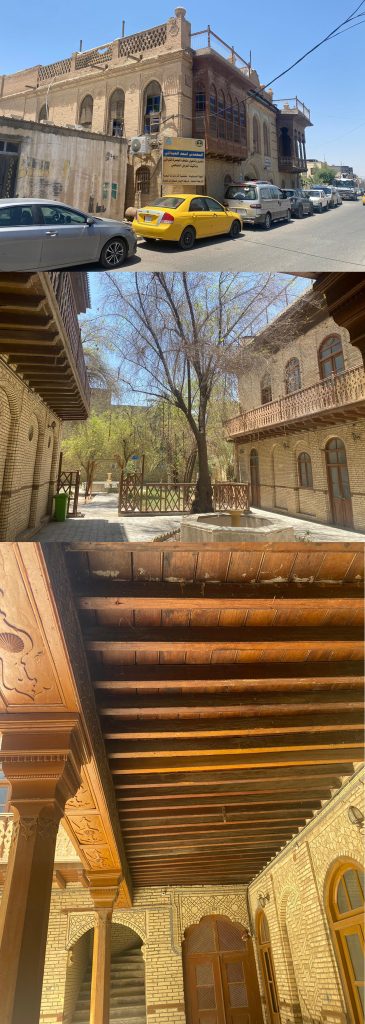Basra Antiquities and Heritage Inspectorate
Location: Old Basra
The current building of the Basra Antiquities and Heritage Inspectorate in the Old Basra area was the house of Rubin Suleiman, one of Basra’s most famous dates merchants who inhabited the city in the last century. The house construction took about three years and was completed in 1909. After Suleiman was killed during World War II the ownership of the house was transferred to his wife and only daughter. His wife, who was of Greek descent, donated the house to become the seat of the Greek consulate in Basra, and this continued until the eighties of the last century. After that, its ownership was transferred to the Iraqi Ministry of Culture and Information, where it was converted into a cultural museum and contained many artefacts estimated at ‘1000 pieces’.
The building remained closed for several years, and in 2007 was converted to be the headquarters of the Basra Antiquities and Heritage Inspectorate to this day.
The area of the house is about ‘1000 square meters’ and contains approximately 12 rooms in addition to the internal courtyard and non-social spaces. The architecture of the building combines local construction methods and various architectural influences, probably the most prominent aspect of the house is its front façade, where the design of “Shanashil” (the perforated projecting windows) located on the right side belongs to the Indian architecture, while those located on the left side are of the local Ottoman style, which was prevalent in most houses in Old Basra. The house is characterized by its thick walls reaching a meter deep for thermal and sound insulation purposes, and there was a special marina for boats in front of the house for the transportation of goods, like most of the houses that were located on Al Ashar river in the old area.
